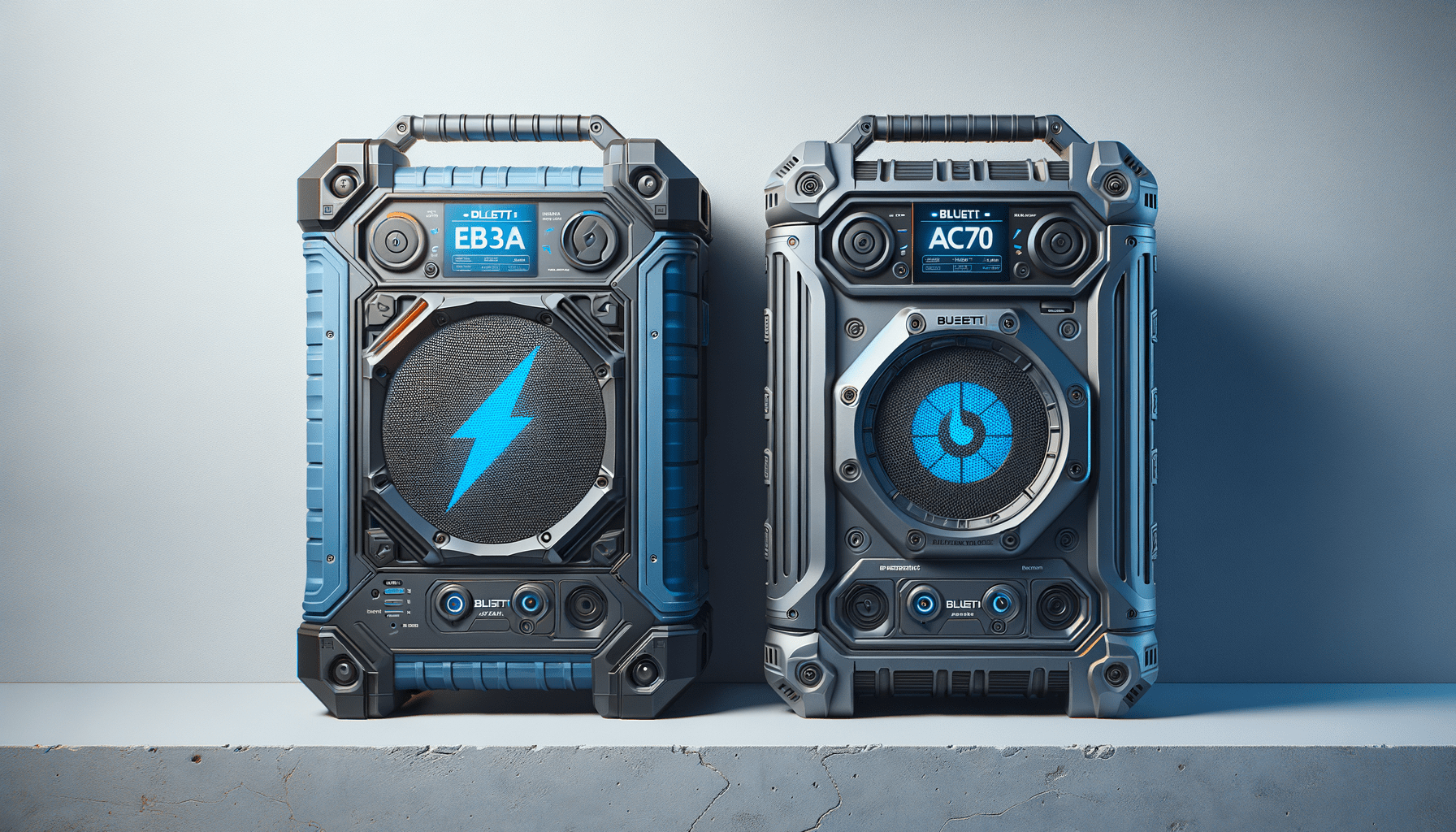Whether you’re an avid camper, a festival-goer, or someone who likes to be prepared for power outages, having a reliable portable power station is a game-changer. Today, we’re focusing our beams on two popular options—the Jackery Explorer 290 Plus and the EcoFlow River Mini—breaking down their features, performance, and usability to help you make an informed decision.
Design and Portability
Let’s first look at design and portability. The Jackery Explorer 290 Plus is a lightweight champion at just 7.1 pounds, sporting a compact build that’s easy to pack. The EcoFlow River Mini isn’t far behind, weighing 6.3 pounds with a handle that begs to be grabbed and taken on an adventure.
Battery Capacity and Power Output
When it comes to what’s under the hood, both these units pack a punch but in slightly different ways. The Jackery brings a 293.76Wh capacity, while the EcoFlow River Mini holds 210Wh. This could impact the length of your power supply depending on what you’re running.
| Jackery 290 Plus | EcoFlow River Mini | |
|---|---|---|
| Battery Capacity (Wh) | 293.76Wh | 210Wh |
| AC Output | 300W (500W Surge) | 300W (600W Surge) |
| Charge Cycles | N/A | 500+ (80% capacity) |

Charging and Solar Capability
Both the Explorer 290 Plus and River Mini can harness the power of the sun with solar panel compatibility, but the Jackery boasts MPPT technology for efficient charging. Conversely, the River Mini charges faster via a wall outlet, taking only 1.5 hours to full compared to the Jackery’s 5.5 hours.
Port Variety and Device Compatibility
The variety of output ports is vital for gadget enthusiasts. Both power stations feature USB-A, AC, and 12V car outlets, but the Jackery also includes a USB-C PD which is notable for modern device compatibility. Additionally, the EcoFlow has an exclusive wireless version with a USB-C port and wireless charging pad.
| Jackery 290 Plus | EcoFlow River Mini | |
|---|---|---|
| USB Ports | USB-A, USB-C PD | USB-A, USB-C (Wireless version only) |
| Wireless Charging | No | Yes (Wireless version only) |
| Simultaneous Charging | Multiple devices | Up to 8 devices |
Battery Life and Warranty
Battery longevity is crucial, and while Jackery doesn’t specify charge cycles, its use of a Lithium Nickel Manganese Cobalt Oxide battery suggests durability. The River Mini explicitly promises 80% capacity after 500 cycles. Warranty-wise, Jackery leads with a 2+1-year warranty upon registration, giving a slight edge in customer confidence.
User Experience and Monitoring
Both models have user-friendly interfaces with clear displays for monitoring. However, specifics regarding the intuitiveness of the monitoring system aren’t provided, so potential buyers may want to look up user reviews or test them in-store to get a better grasp of each product’s ease of use.
Environmental Consciousness
Environmentally conscious consumers can rest easy knowing that both stations are emission-free and solar charging-enabled. However, Jackery’s emphasis on its MPPT technology could sway eco-friendly buyers who prioritize charging efficiency.
Final Summation
To sum it up, your choice between the Jackery Explorer 290 Plus and the EcoFlow River Mini may come down to the finer points of power needs, outlet preferences, anticipated usage, and brand reliability. Both are top contenders in the portable power sphere, and your final decision should align with your specific power requirements and lifestyle.


Leave a Reply